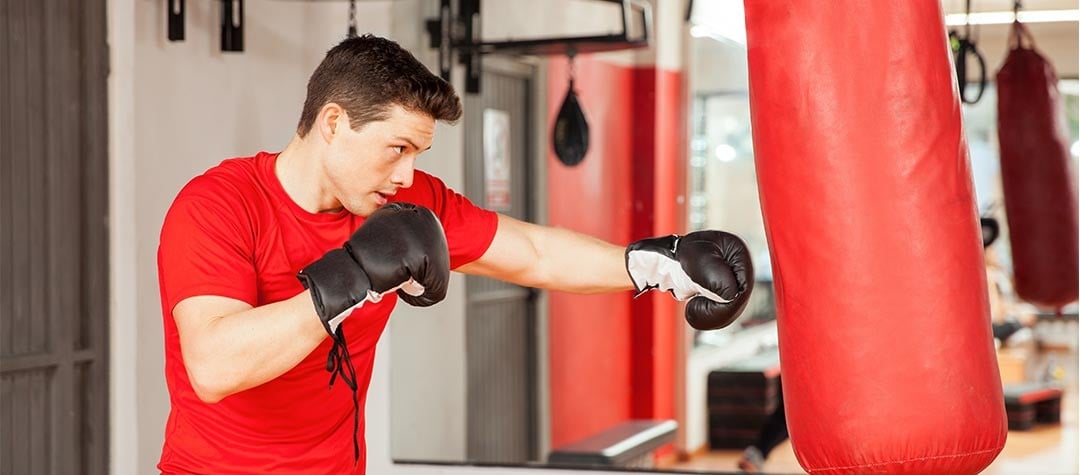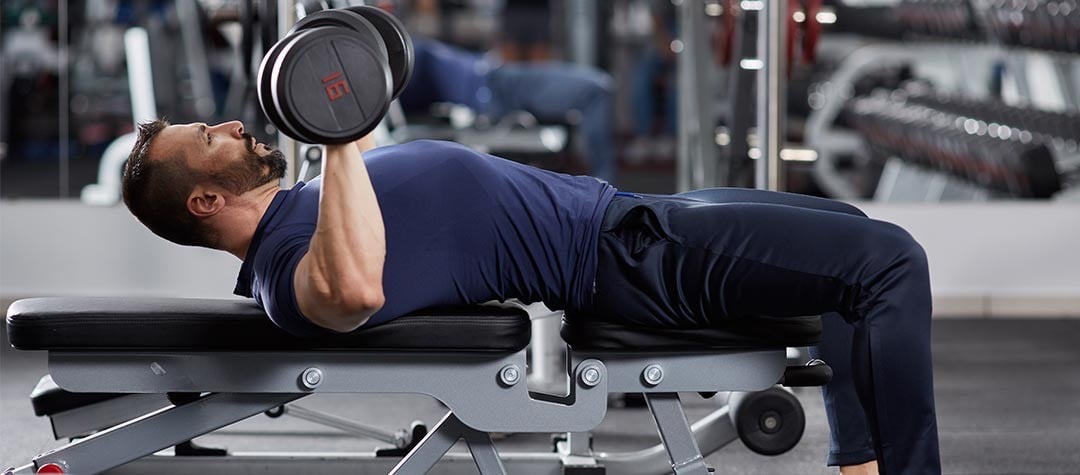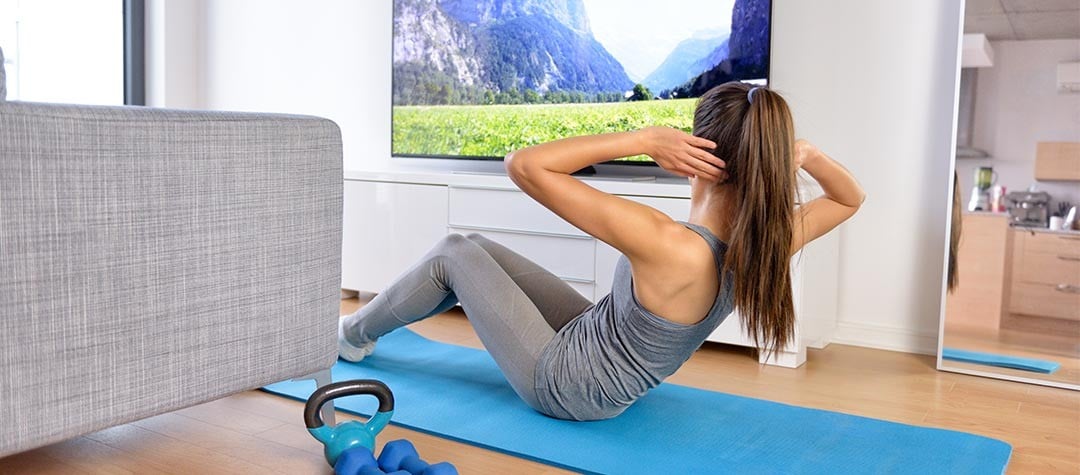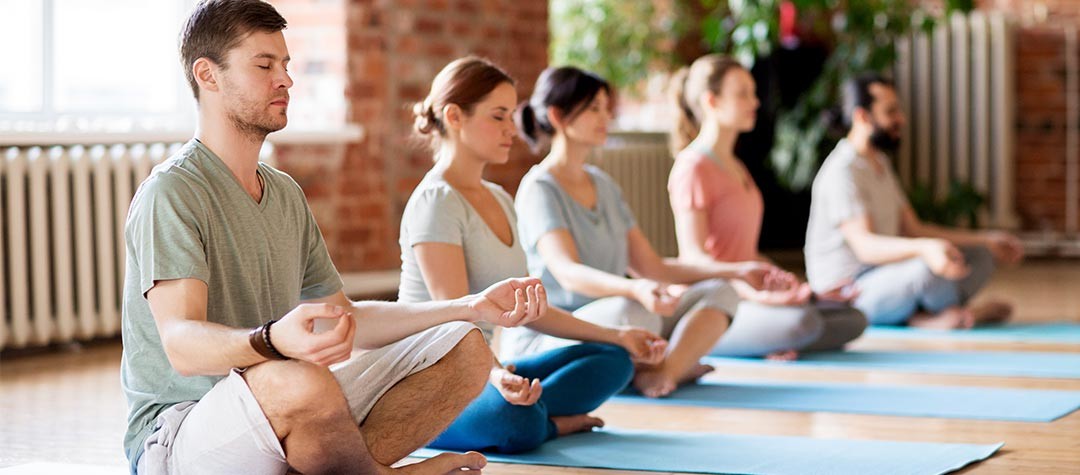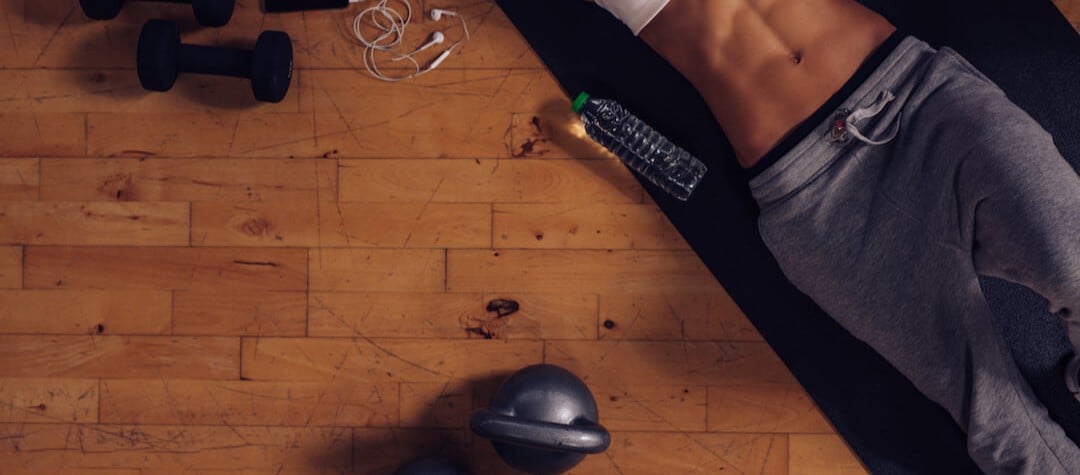Walking might not seem strenuous, but it’s vital that you warm-up and cool-down properly. Follow this guide to make sure you’re well prepared for every walk.
Walking, unlike running or sports such as tennis or football, is something we do naturally every day. But just because you walk frequently doesn’t mean that you won’t benefit from preparing for your walking workout properly by warming up.
It’s about bridging the gap between being still and moving, not only does this help your body avoid injury but also enables you to get more out of your workout by priming the physiological and musculoskeletal systems.
The walking warm-up
Although the primary muscles used in walking are all in the lower body, a general mobilisation of all the body’s major joints is still worthwhile, as you don’t want to be walking with tense shoulders or a stiff back.
Mobilise the neck, shoulders, back, waist, hips, knees and ankles with gentle bending, extending and circling movements. The idea is not to increase the range of motion but simply to work through it.
Nearly all sports advocate walking as part of a warm-up - so once mobilised, simply begin walking at a slow pace. Add in some bouts of walking on your heels and then on your toes, gradually picking up speed to your desired pace for the session.
Cooling down and stretching
Once your walking workout is over, come to a gradual halt rather than stopping suddenly. This is particularly important if you have been working hard, as blood will be pumping around the body very quickly and stopping suddenly can cause it to pool in the veins and make you feel dizzy or nauseous.
A cool-down period also helps dispel any toxins that have accumulated in the muscles. When you have spent a couple of minutes slowing down, you could repeat some of the mobilisations you did in the warm-up, but if you are short on time, move straight onto a thorough stretch.
Bear these following points in mind when you stretch …
Are you doing it properly?
Just a tiny error in body positioning can greatly reduce the effectiveness of a stretch, so follow instructions carefully, or ask a trainer to demonstrate what to do. You should stretch to the point at which you feel tension and a slight pulling sensation in the muscle but not pain. Hold this position until a ‘stress-relaxation’ response occurs and the force on the muscle decreases. Then increase the stretch if you can, and continue to hold.
Are you holding it for long enough?
A stretch needs to last for 15 to 30 seconds to improve flexibility and repeat each stretch at least twice, according to recently-revised expert guidelines.
Are you stretching the muscles you need to?
As an example, the shins and hips often get neglected while we all remember to stretch calves, hamstrings and quads.
Are you doing it regularly enough?
Expert research in the field recommends a minimum of two to three times per week — daily, if you prefer











